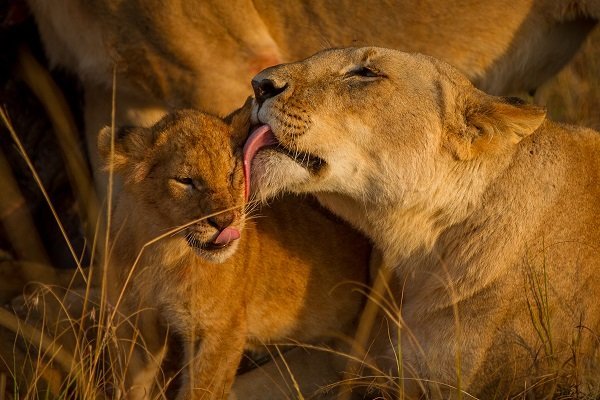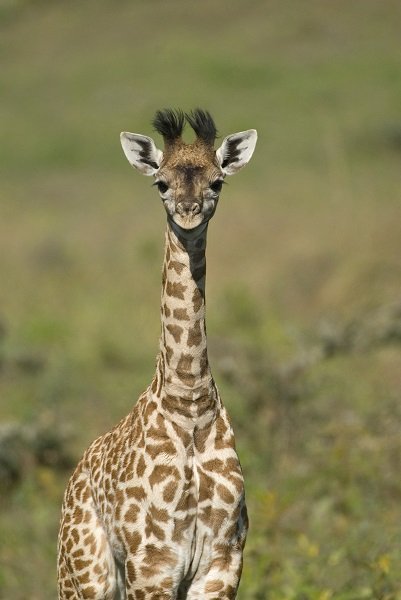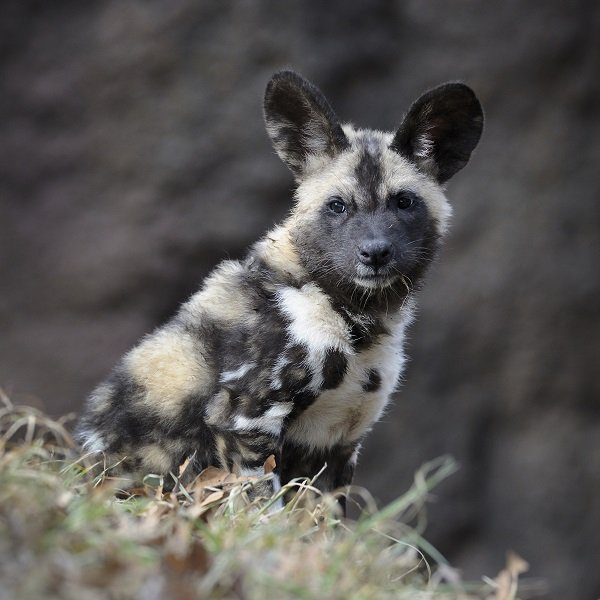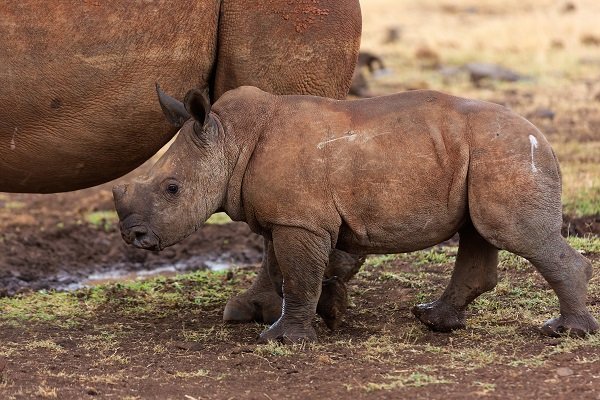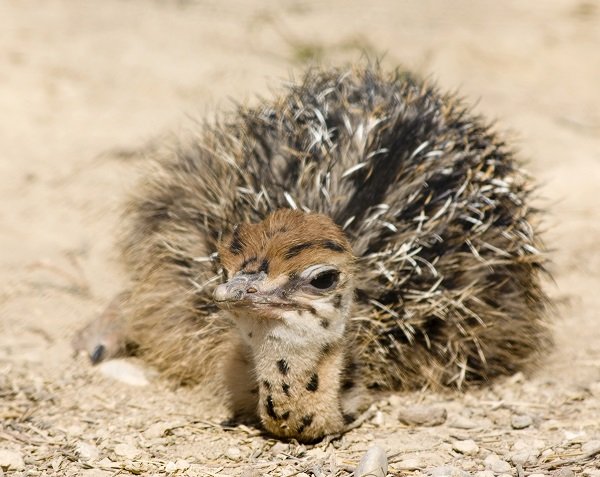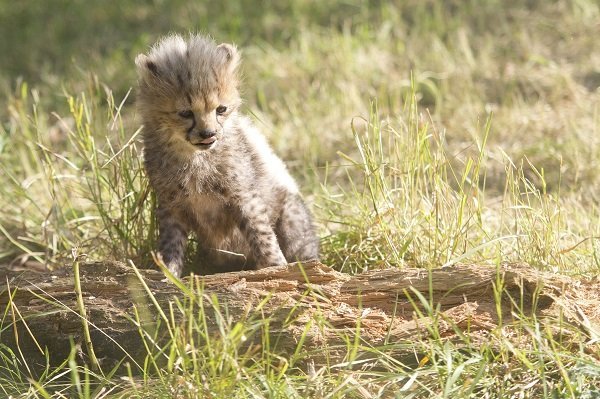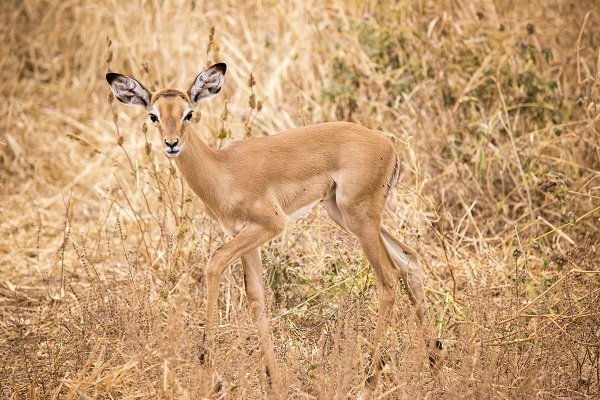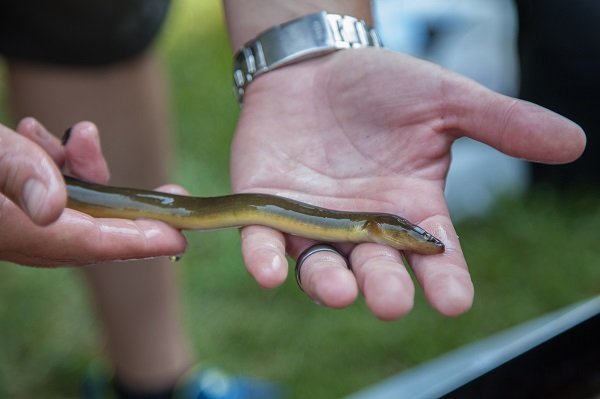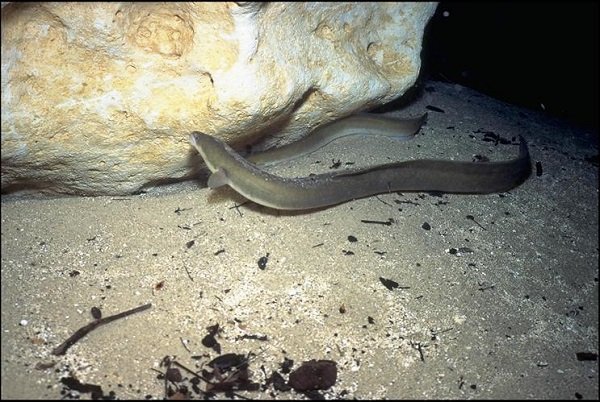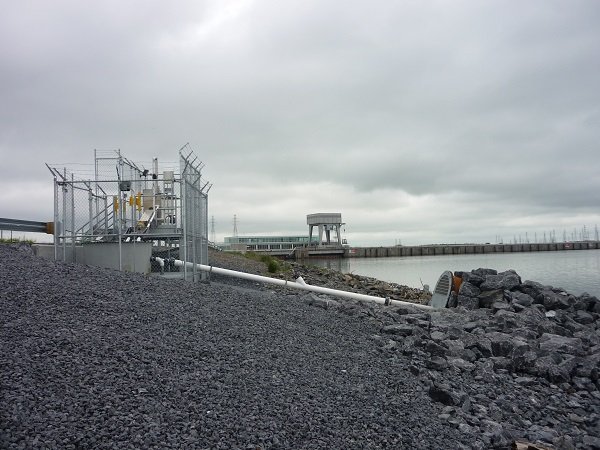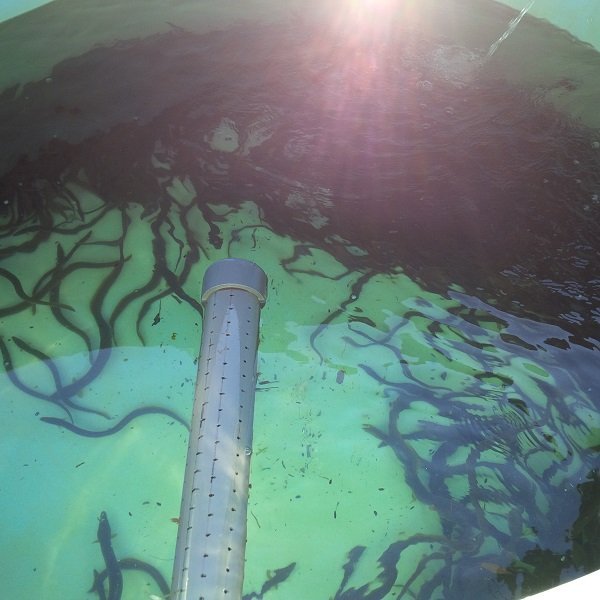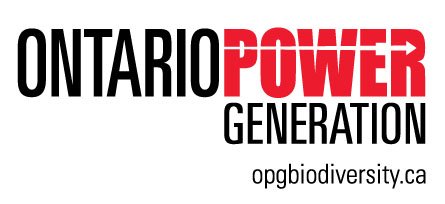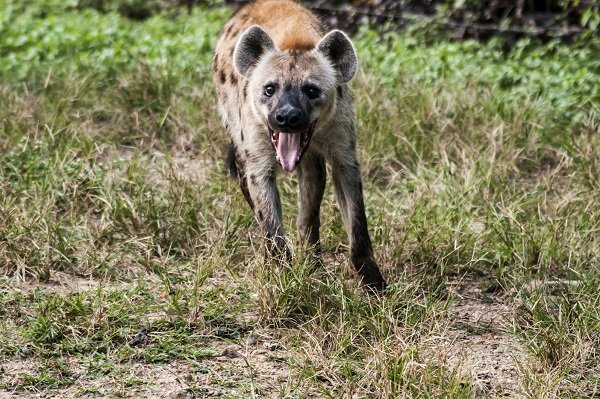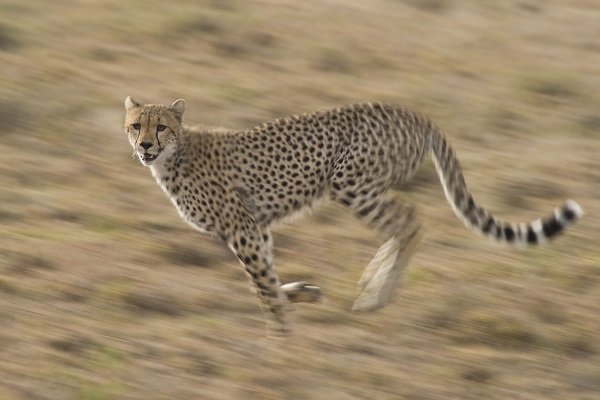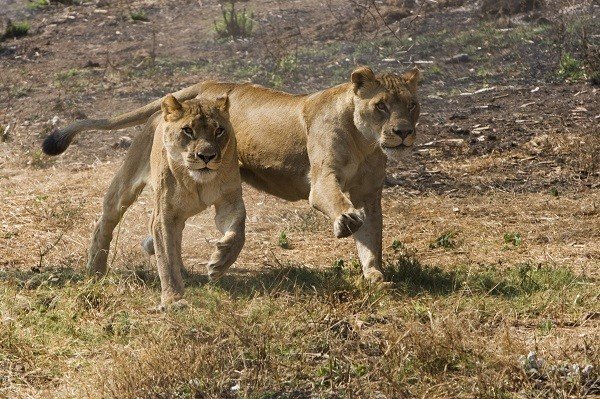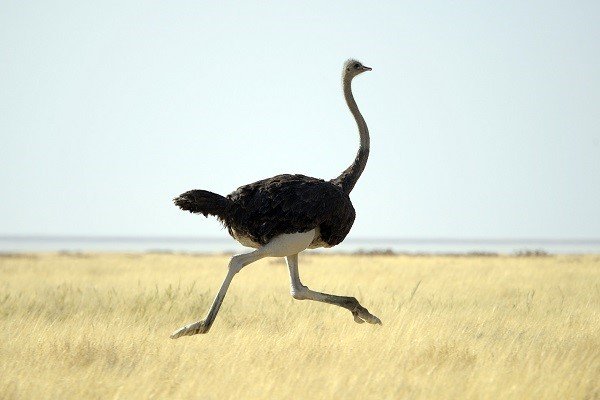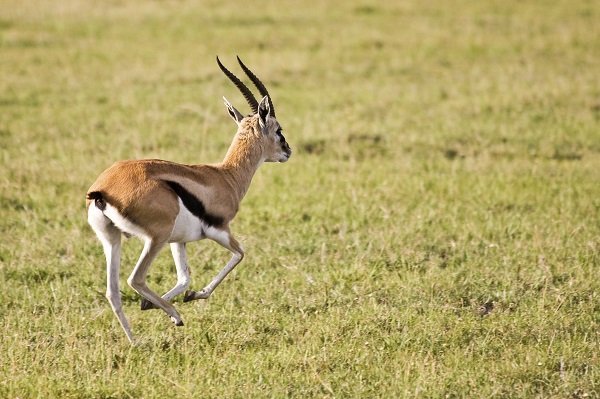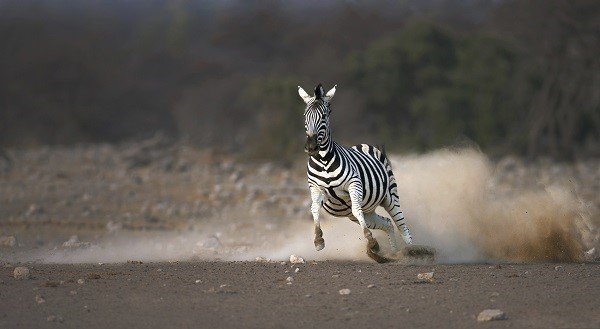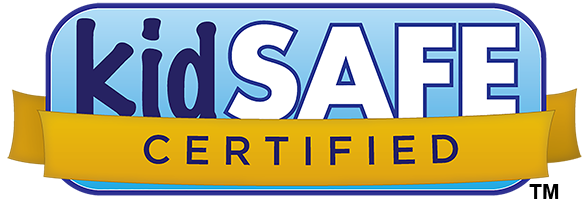Earth Rangers and Parks Canada are counting down the biggest migratory birds in Canada! Leave a comment to share which bird species is your favourite.
10. Canada Goose
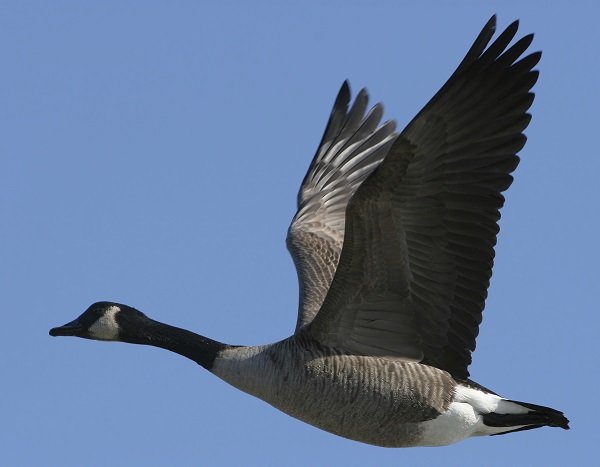
Average wingspan: 1.72 meters (68 inches)
Flight path: Geese follow one of four North American migratory flyways to their summer nesting grounds in Canada and northern parts of the United States. They conserve energy in flight by flying in a “V” or a long wavy line and they take turns leading the flock.
Fun fact: They are the largest and most widely distributed goose in North America.
9. Great Blue Heron
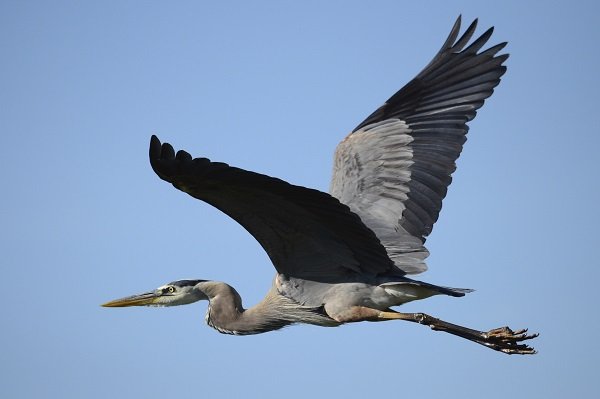
Average wingspan: 1.78 meters (70 inches)
Flight path: Great blue herons live in southern Canada, from the Maritimes to Alberta and along coastal British Columbia. In the winter, populations retreat from the northern edge of their breeding range and may fly as far south as the Caribbean.
Fun fact: They can curl their neck into an ‘S’ which gives them an aerodynamic shape for flying. This shape also allows them to strike at their prey. They go from standing still to extending their neck with lightning speed in order to spear fish with their bill!
8. Turkey Vulture
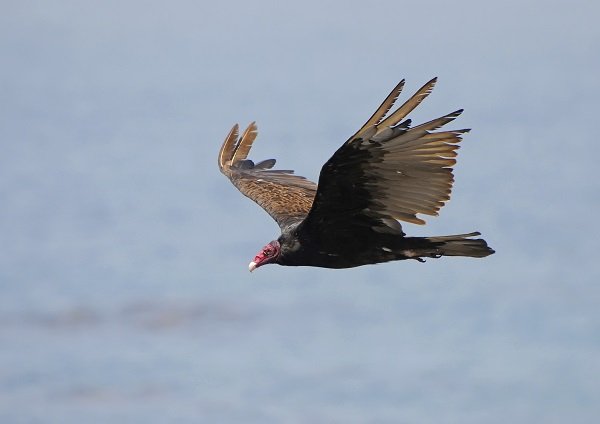
Average wingspan: 1.82 meters (72 inches)
Flight path: The turkey vulture breeds throughout North and South America. They fly south in the winter, some traveling as far as Texas through to South America.
Fun fact: Turkey vultures fly low, moving from side to side while smelling for the scent of dead animals to feed on.
7. Golden Eagle
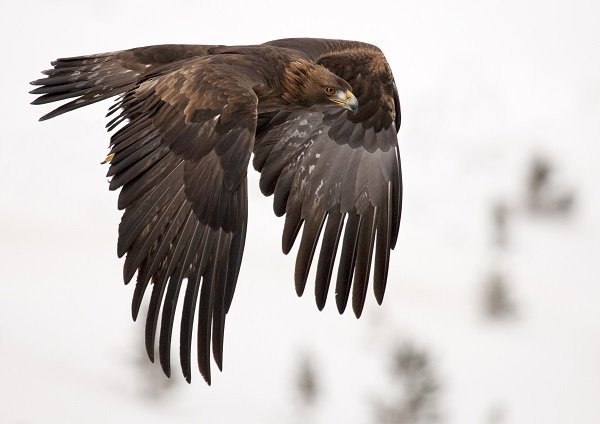
Average wingspan: 1.98 meters (78 inches)
Flight path: The golden eagle breeds throughout most of Canada but primarily the west, the western United States and northern Mexico. In the winter, populations in southern Alaska and Canada migrate to Mexico, the Gulf coast and Florida.
Fun fact: Golden eagles are one of only three North American raptors that have legs with feathers all the way to their toes.
6. Bald Eagle
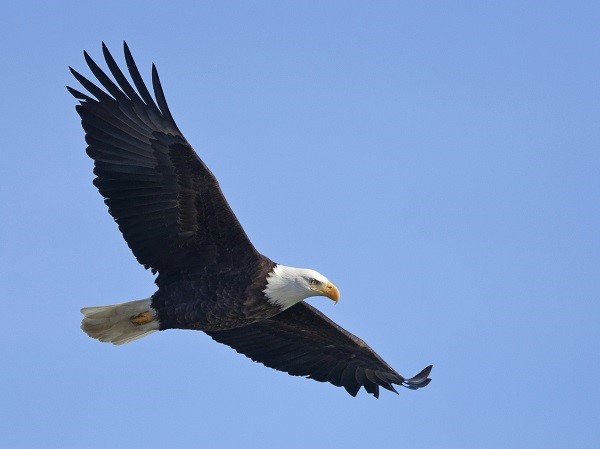
Average wingspan: 2.03 meters (80 inches)
Flight path: The bald eagle breeds across Canada and the United States. Their wintering grounds include areas on the Pacific and Atlantic coast, although many birds may stay near their nesting site year round.
Fun fact: Bald eagles are known for their food stealing tricks! They will harass other animals to steal their fish, such as osprey or even humans.
Cape Breton Highlands National Park, in Nova Scotia, is a great place to see bald eagles. For more information, click here. That species can be also be seen at many National Wildlife Areas such as Long Point, Sea Wolf Island, Mississippi Lake and Wellers Bay.
5. Sandhill Crane
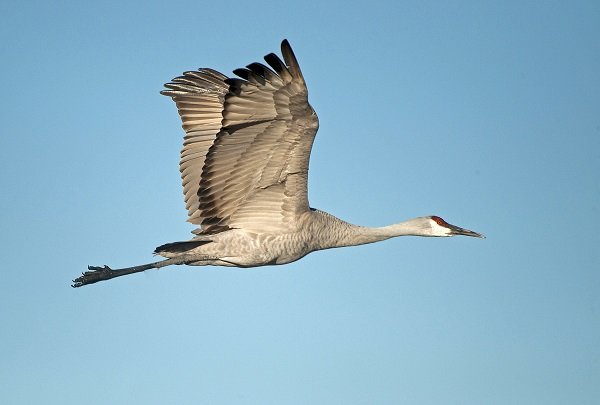
Average wingspan: 2.03 meters (80 inches)
Flight path: They migrate to central and southern parts of the United States, as well as Mexico.
Fun fact: Sandhill cranes are able to fly higher by using currents of warm rising air. When winds and other conditions are favorable, they are able to alternate between gliding and powered flight. During migration they can fly an average of 250 km a day at speeds ranging from 23 – 83 km/hour!
4. Tundra Swan
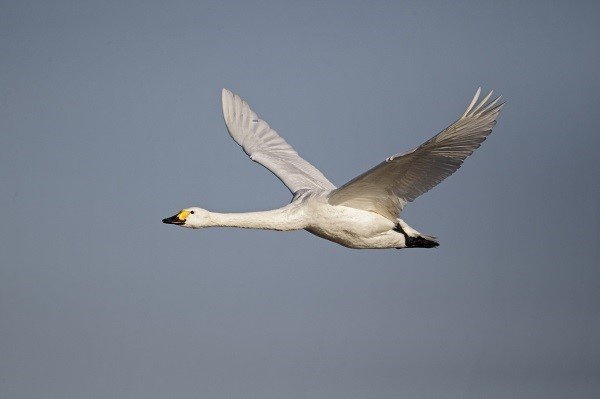
Average wingspan: 2.15 meters (85 inches)
Flight path: Tundra swans migrate in large flocks from their nesting grounds in the arctic to wintering areas along the east and west coasts of North America.
Fun fact: Flock sizes may number more than a hundred! When they fly north in the spring, they stop more often at staging areas (to rest and feed) than they do when they fly south in the fall.
Important staging areas include the Peace-Athabasca Delta, a wetland of international significance located in Wood Buffalo National Park and the St. Clair National Wildlife Area. Tundra swan nesting habitat is protected in many arctic protected areas such as Queen Maud Gulf (Ahiak) and East Bay Migratory Bird Sanctuaries as well as Aulavik, Tuktut Nogait, and Ivvavik national parks.
3. Whooping Crane
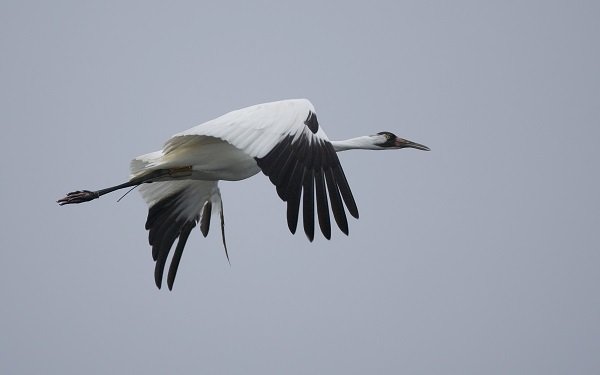
Average wingspan: 2.28 meters (90 inches)
Flight path: The world’s last remaining natural migratory flock of wild whooping cranes nests and raises its young in Wood Buffalo National Park, a World Heritage Site on the border of Alberta and the Northwest Territories. In the winter, the Wood Buffalo flock migrates 4,000 km to the Aransas National Wildlife Refuge in southern Texas.
Fun fact: Whooping cranes are the tallest birds in North America! International conservation efforts between Canada and the United States have helped bring this endangered species back from the brink of extinction. For more information on the Whooping Crane, click here.
2. Trumpeter Swan
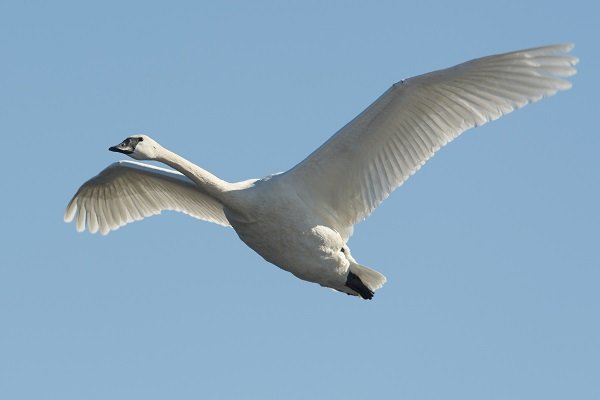
Average wingspan: 2.41 meters (95 inches)
Flight path: One population nests in remote mountain lakes and wetlands deep within Nahanni National Park Reserve where their numbers have increased in recent years. They migrate to wintering areas in the northwestern United States.
Fun fact: Trumpeter swans are the largest waterfowl in North America. They also live a long time; in the wild they can live longer than 24 years.
You can see trumpeter swans at the Vaseux Lake Migratory Bird Sanctuary, which was established to provide protection for this beautiful bird. Wye Marsh National Wildlife Area and Elk Island National Park are other good places to see trumpeter swans. To learn more about Elk Island’s trumpeter swan reintroduction program, click here.
1. American White Pelican
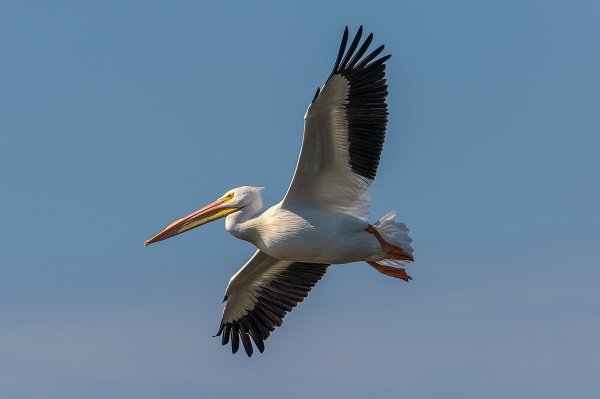
Average wingspan: 2.7 meters (110 inches)
Flight path: Canada’s most northern colony is found in the Northwest Territories, near Fort Smith. After nesting and raising their young, white pelicans migrate to coastal areas of the United States and Mexico where they spend the winter.
Fun fact: Adults can consume up to 2 kg of food per day. They prey on fish, frogs, and aquatic invertebrates by scooping them from shallow water. The pelicans will then strain the water from their pouches before swallowing. The second largest colony of white pelicans in Canada, 15,000 at last estimate, is found on Lavallée Lake in Prince Albert National Park.


















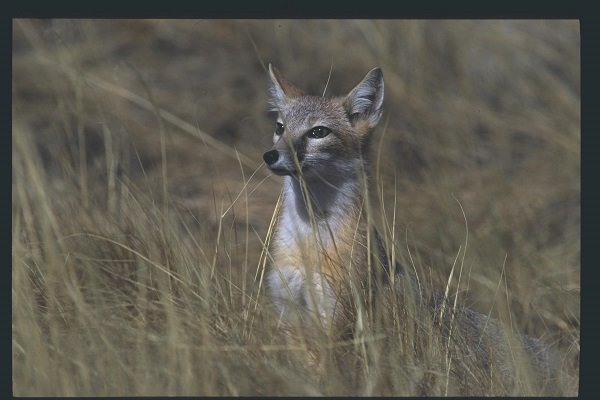
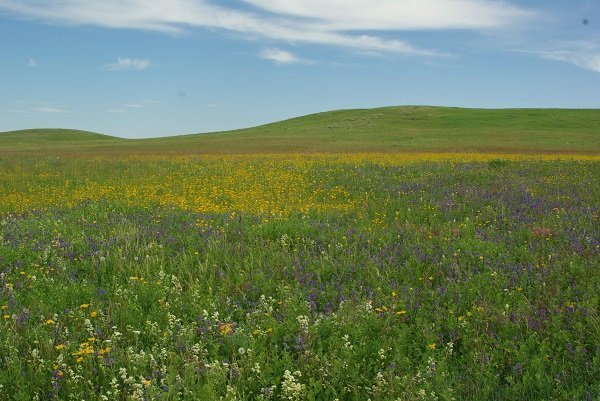
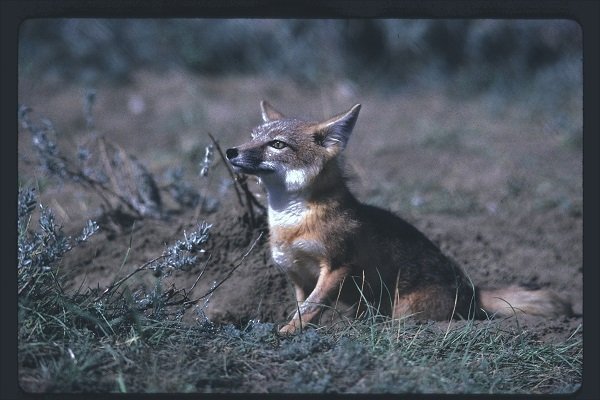
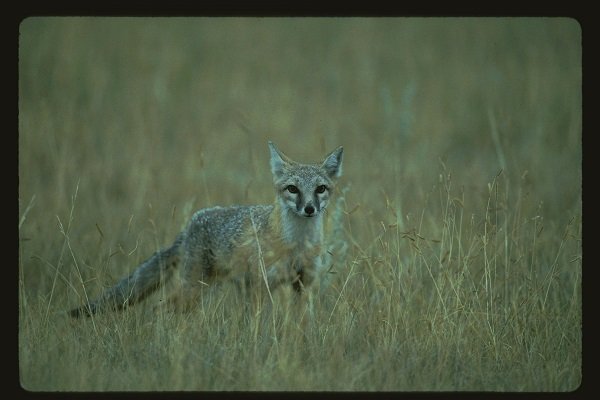


 With her sixth birthday approaching Katie decided to have an owl themed party. She fell in love with owls the previous summer at Mom & Me Girl Guide Camp when the sign for her sleeping quarters said, ‘Cinnamon Screech Owl/Orange Room’. After visiting the Earth Rangers website and learning that she could host a
With her sixth birthday approaching Katie decided to have an owl themed party. She fell in love with owls the previous summer at Mom & Me Girl Guide Camp when the sign for her sleeping quarters said, ‘Cinnamon Screech Owl/Orange Room’. After visiting the Earth Rangers website and learning that she could host a 
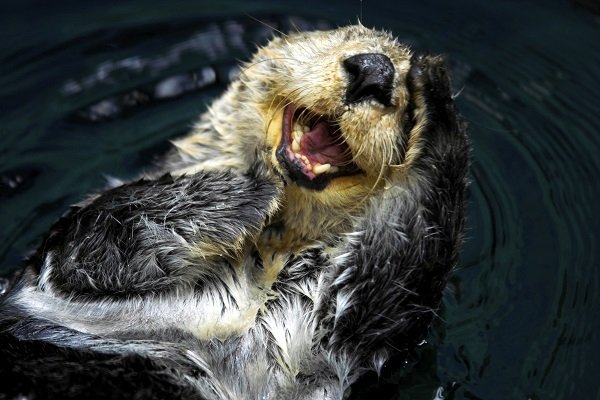
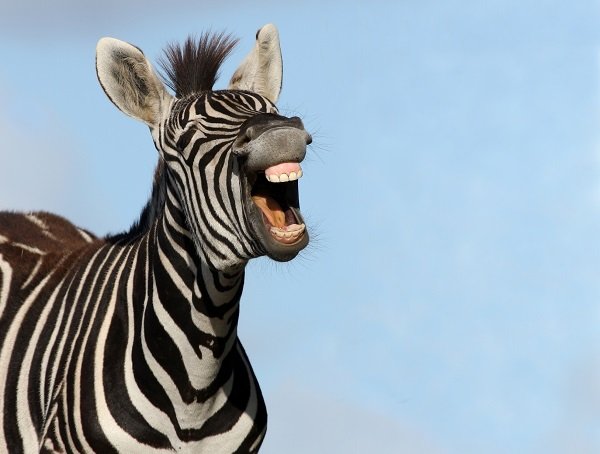
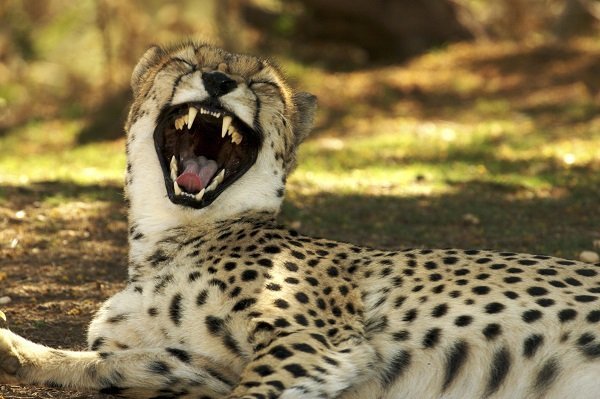
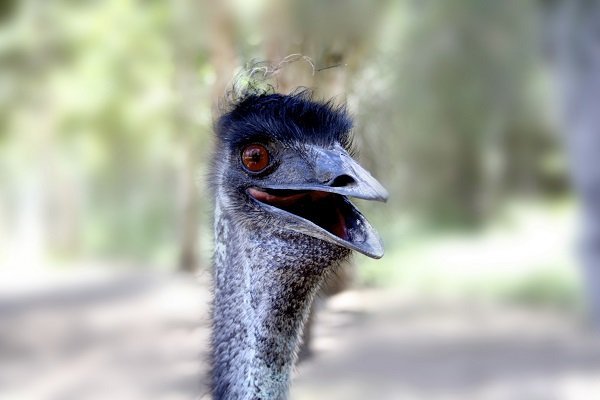

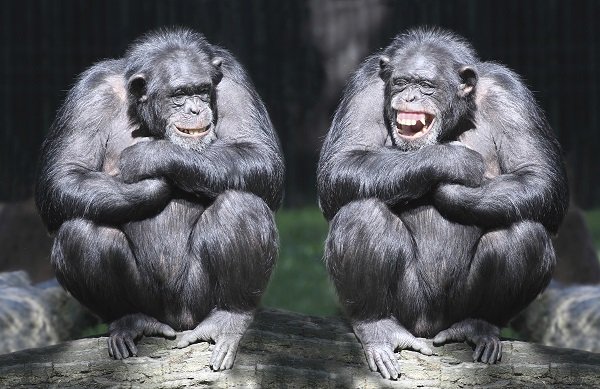
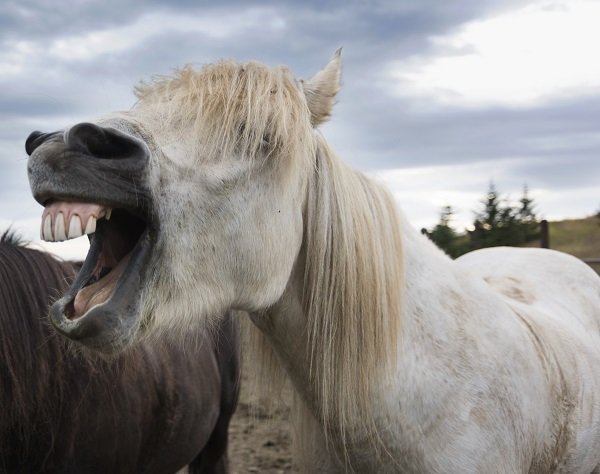
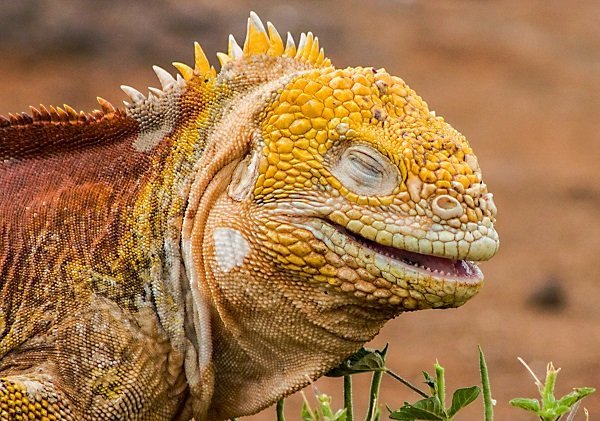
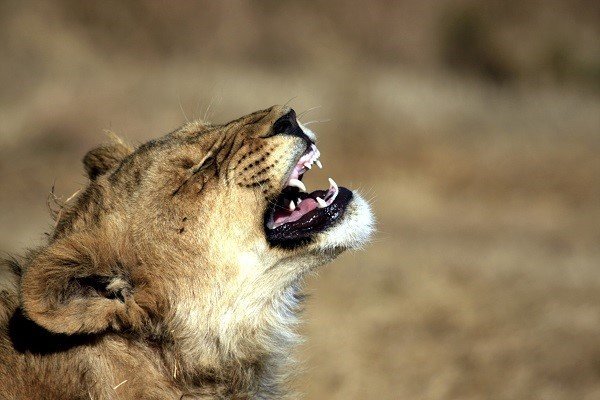
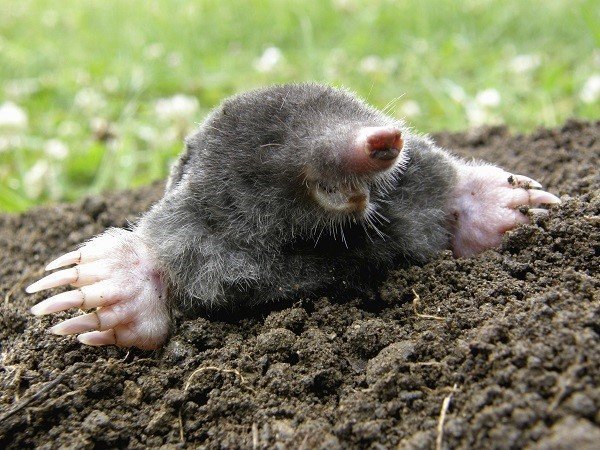

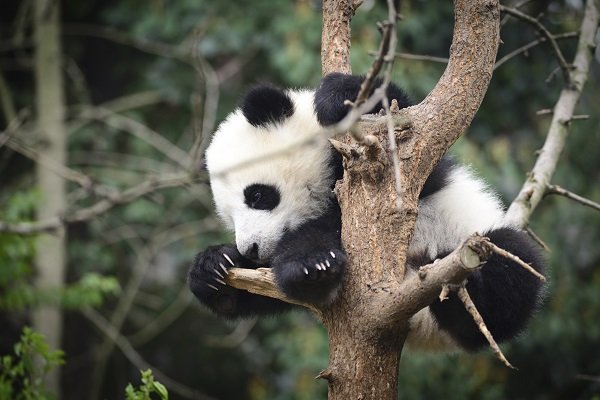
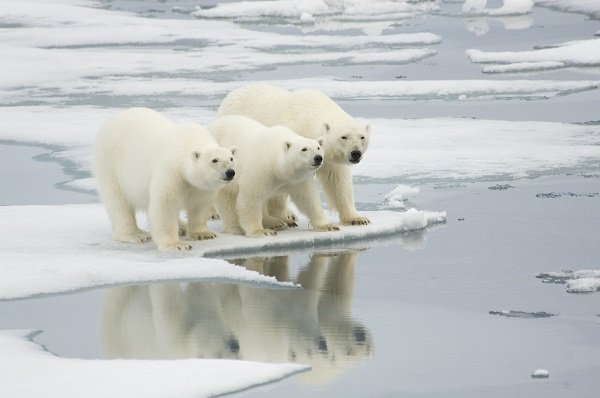

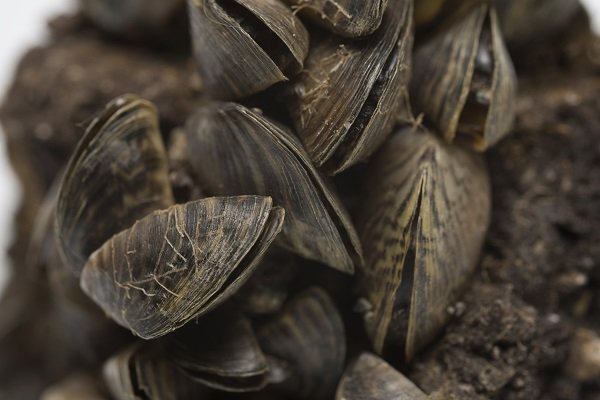
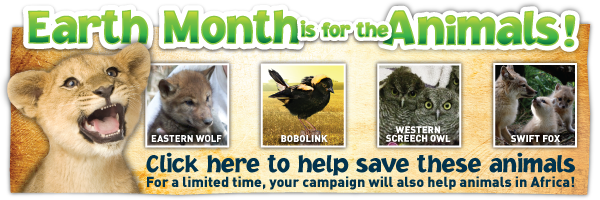


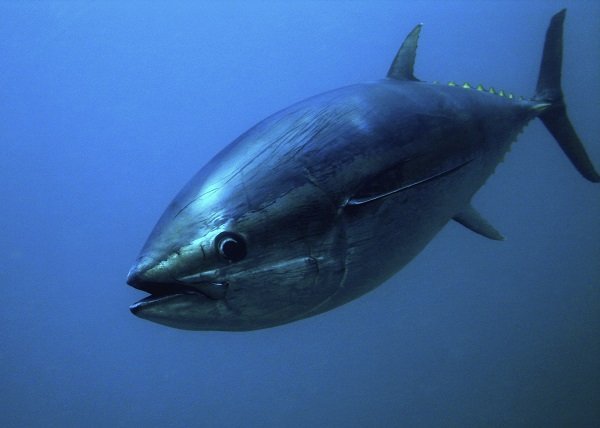
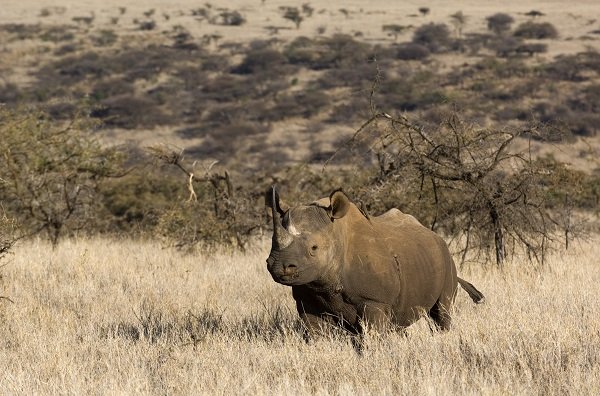

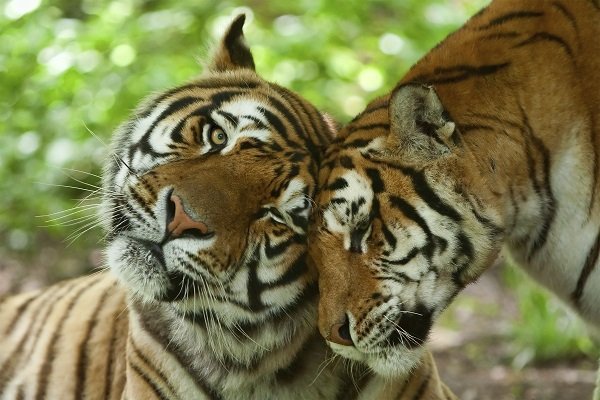
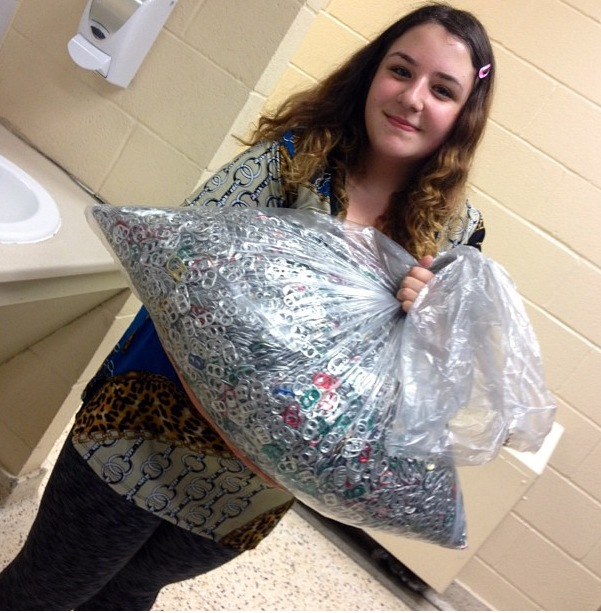
 Angelina has completed
Angelina has completed 

